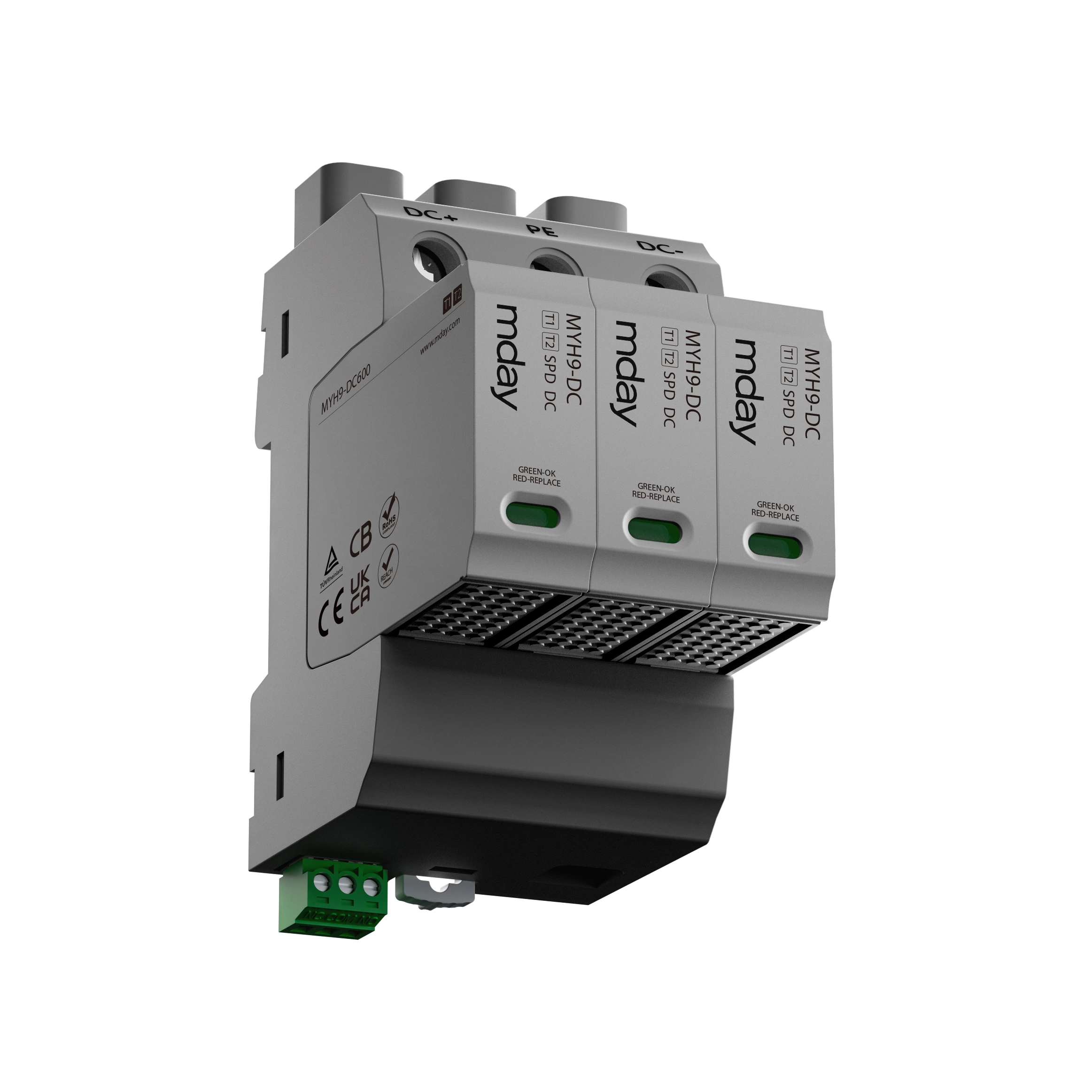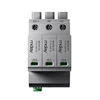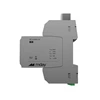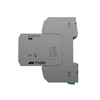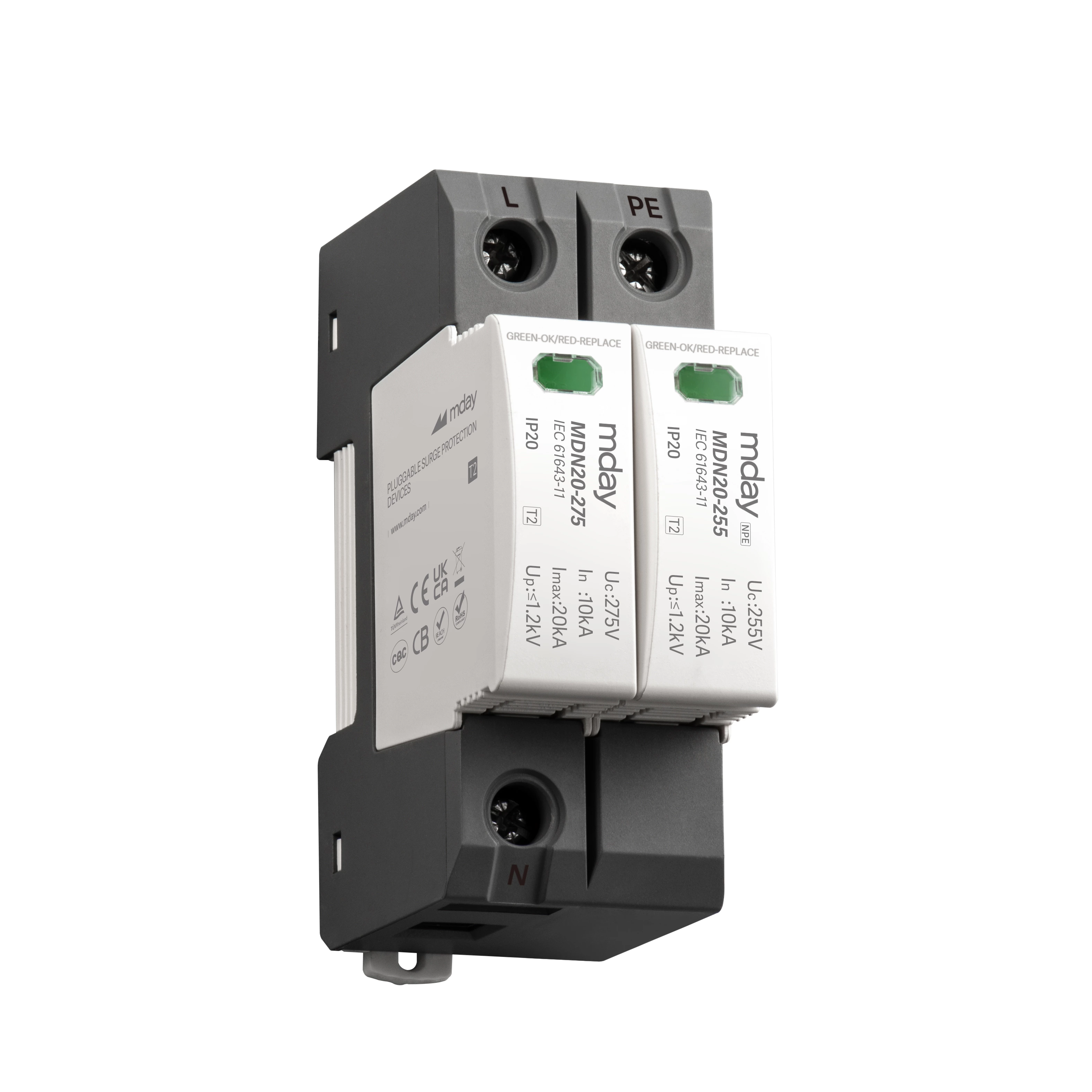Iec Protection Type I Spd - Main Circuit Tripping Without Fire
Surge protector, also known as lightning arrester, surge protective device, referred to as SPD, is an electronic device that provides safety protection for various electronic equipment, instruments and meters, and communication lines. When a spike current or voltage suddenly occurs in an electrical circuit or communication line due to external interference, the surge protection device can conduct and shunt in a very short time, thereby avoiding damage to other devices in the circuit caused by the surge. So what characteristics should IEC protection type I surge protector have?
According to the IEC standard, the test of level 1 surge protector adopts type I waveform, and its impulse current characteristic parameters are lightning discharge current Iimp, specific energy W/R and energy Q, which are typically represented by 10/350 µs, as described in the right figure; the test of level 2 surge protector adopts type II waveform, that is, 8/20 µs, and its impulse current characteristic parameters are composed of current (In or Imax) rise time T1 and half peak time T2.
Laboratory and testing
8/20us impulse current up to 200kA
10/350us impulse current up to 110kA
1.2/50-8/20us combination wave up to 20kV/10kA
Transient overvoltage test (TOV) 1200V/300A
Complete environmental testing, including high temperature and humidity, hot and cold shock, vibration, drop, etc.
IEC protection Class I surge protector strictly implements IEC and GB standard requirements, meets the surge protection requirements of all low-voltage equipment, and is suitable for various circuits. Extremely strict installation will make use of it more assured!
